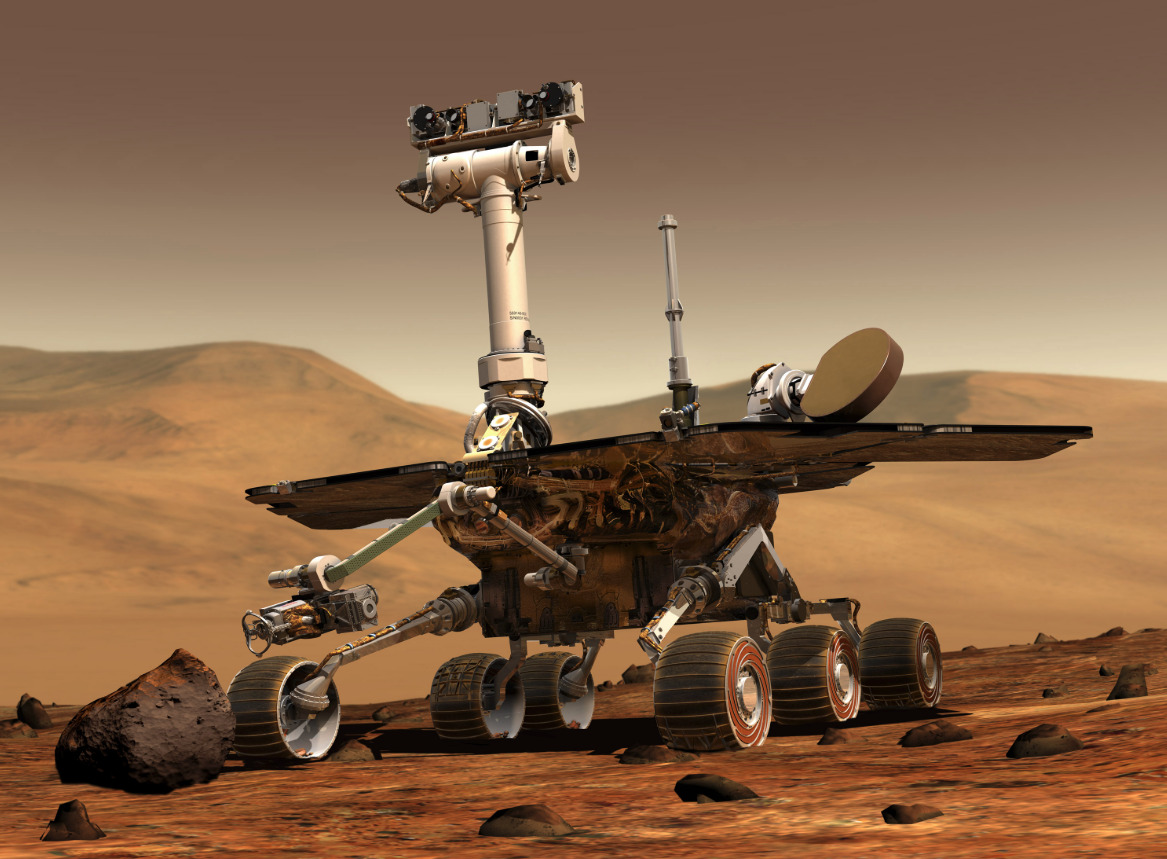NASA Is Sending A Desperate Message To Wake Up Opportunity On Mars
Just last week NASA celebrated the beginning of the Opportunity rover's 16th year on the Martian surface, but all is not well with the six-wheeled robot. Opportunity has been dead quiet for over six months after falling asleep in a planet-wide dust storm, and NASA is understandably concerned.
The rover's solar panels couldn't gather the power it needed to sustain itself, and the rover simply hasn't woken back up in the months since the skies have cleared. Now, in what might be a last-ditch effort to continue the Opportunity mission, NASA is sending commands to the rover in the hopes that it'll snap out of its funk.
"We have and will continue to use multiple techniques in our attempts to contact the rover," John Callas of NASA's Jet Propulsion Laboratory said in a statement. "These new command strategies are in addition to the 'sweep and beep' commands we have been transmitting up to the rover since September."
NASA's attempts to contact the rover have thus far been met with only silence. The rover entered a low-power default state akin to hibernation when its solar panels became shrouded in darkness, and it's thought the dust storm may have caked the hardware in debris, making it hard for it to fill its batteries once more.
The "windy season" on Mars began a while ago, and NASA had hoped that blustery winds would help clean the rover and allow it to wake up. That obviously hasn't happened, so NASA is experimenting with new commands and signals that might do the trick.
The main concern at this point is Opportunity's batteries, which have now been dormant for months. The aging rover was never designed to last this long in the first place, so it's feared the drained batteries have become damaged during the extended downtime. We'll keep our fingers crossed that Opportunity wakes back up, but at the moment it's not looking particularly good.
